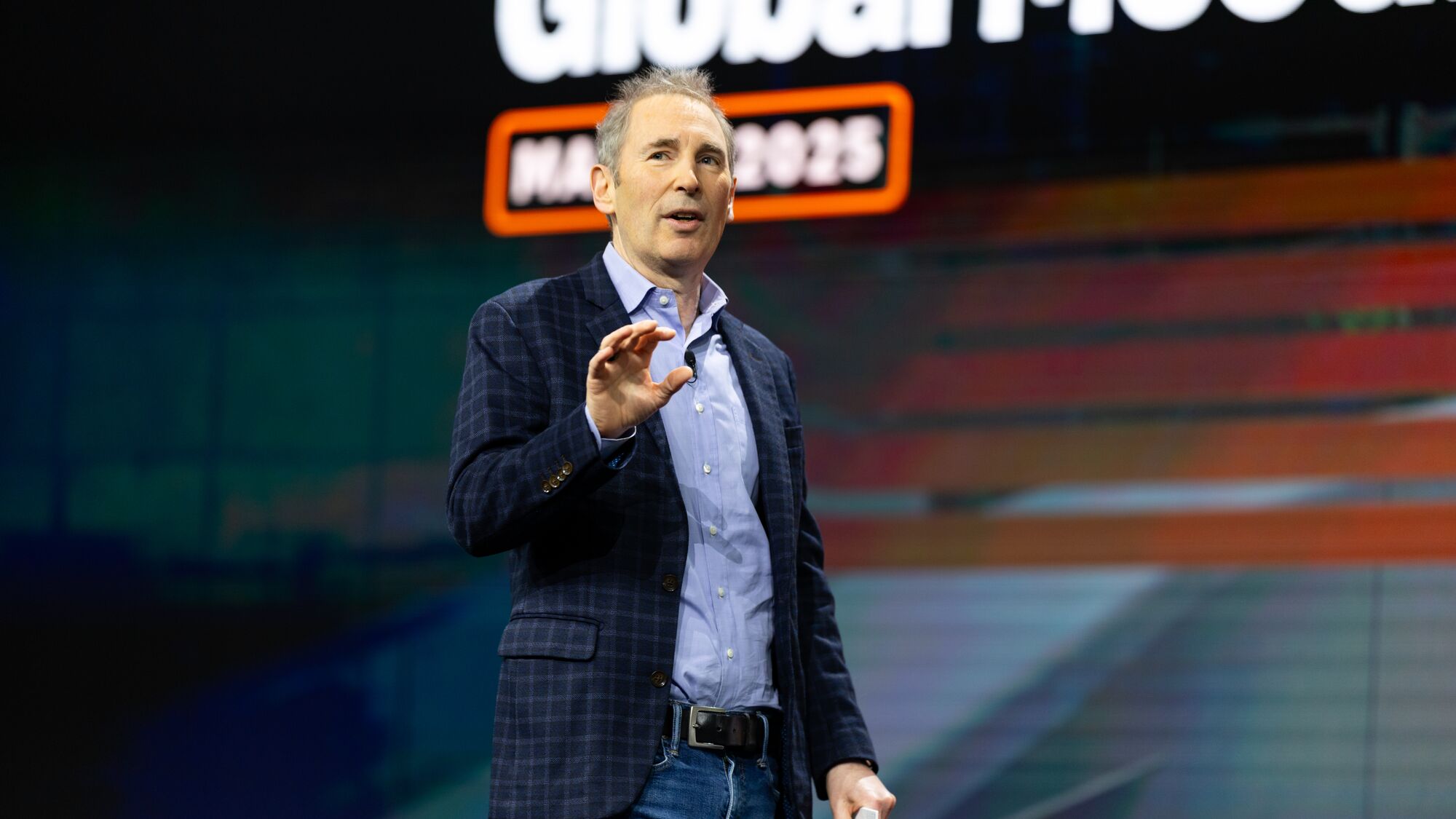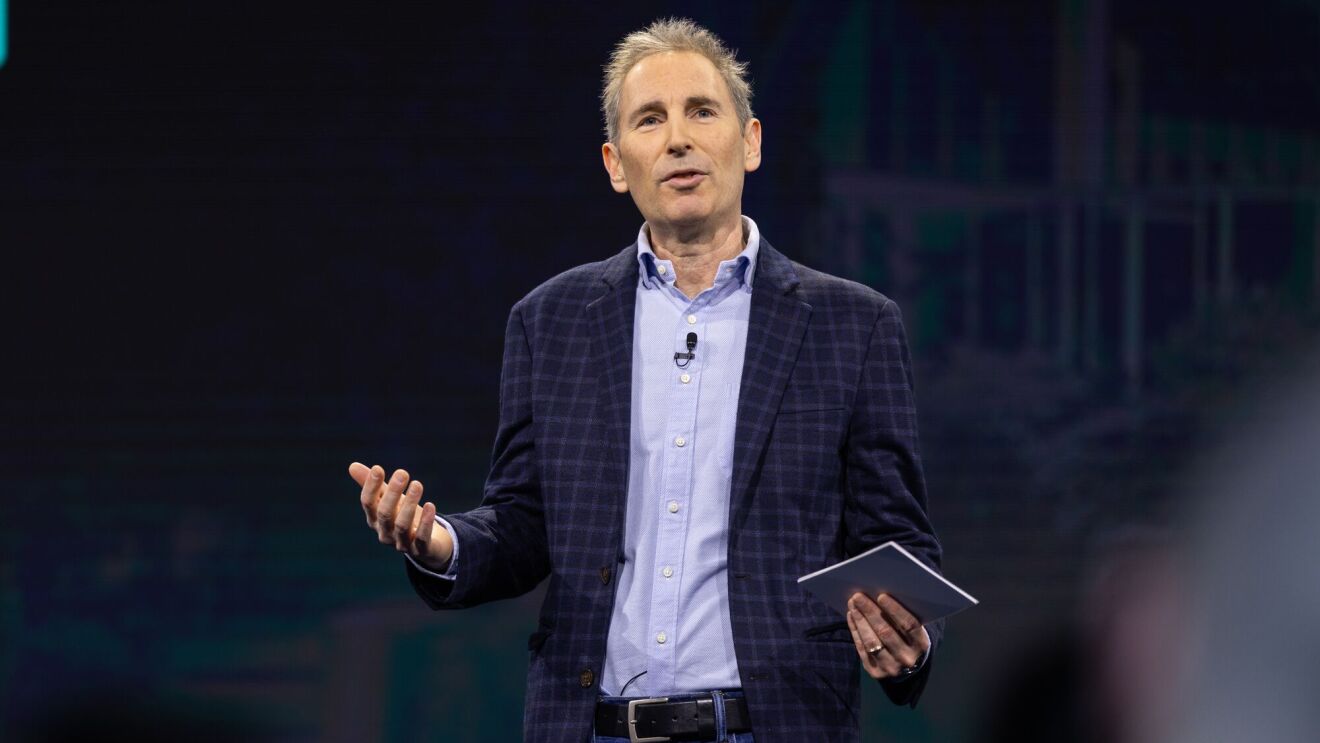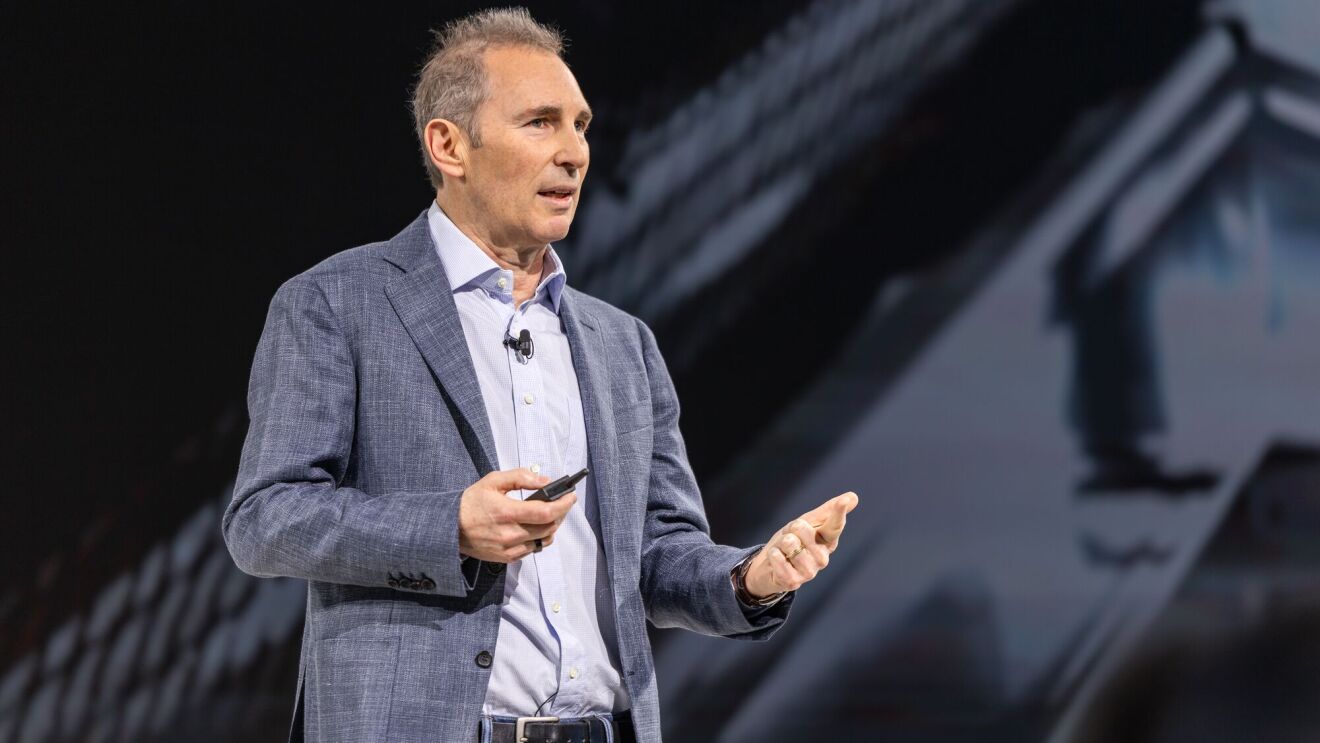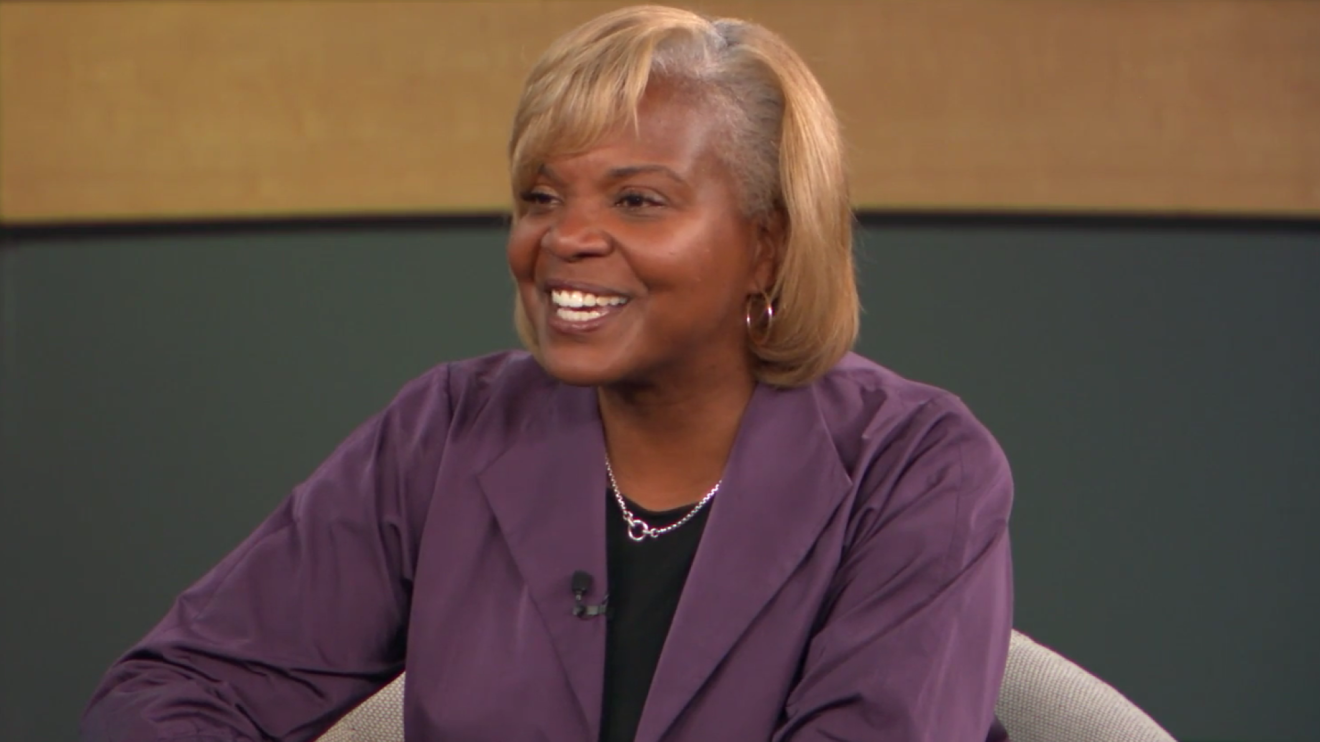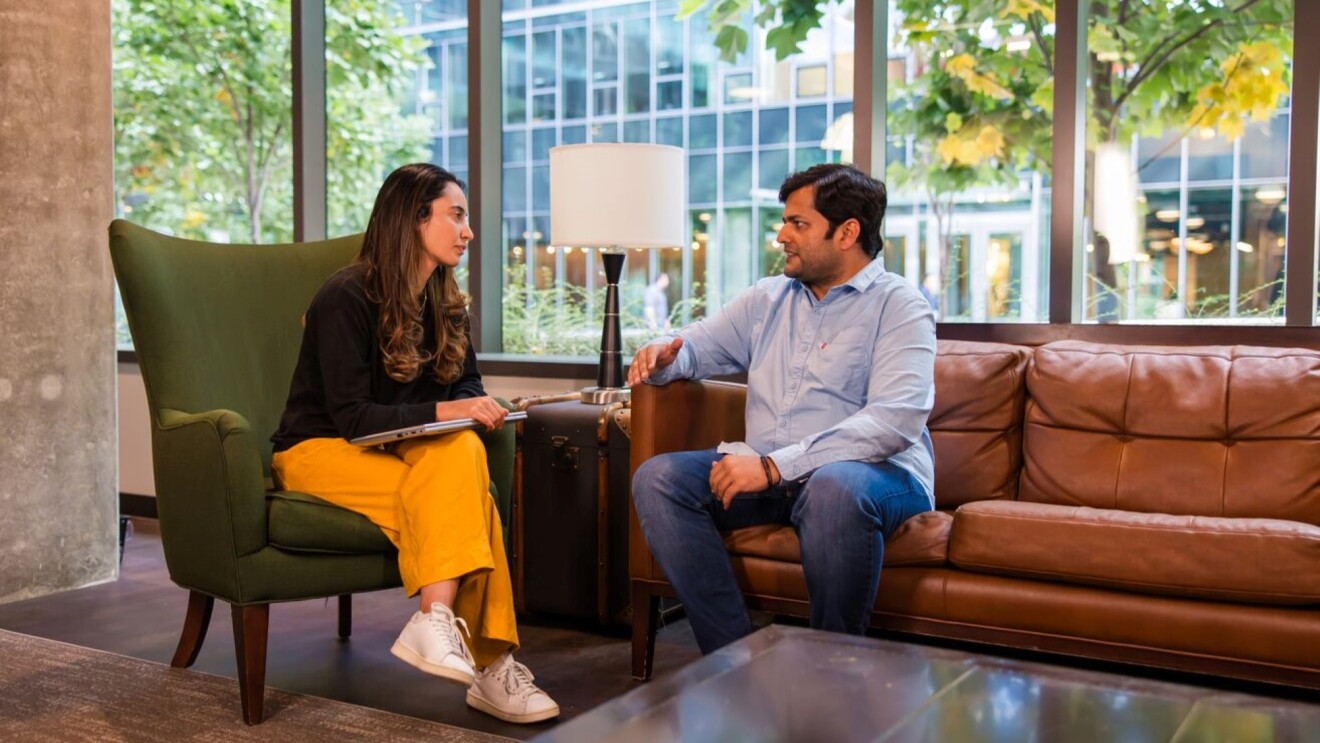Every year in his annual letter to shareholders, Amazon CEO Andy Jassy tries to share insight into what makes Amazon tick.
In this year’s letter, he says at the highest level, Amazon is aiming to be Earth’s most customer-centric company, making customers’ lives better and easier every day. And Jassy says that, "If we want to have a chance at succeeding in our mission, we have to constantly question everything around us."
In the following excerpt of the letter, Jassy dives deep on the one word that he says helps powers Amazon: "Why?":
We’ve had this long-held philosophy at Amazon about two-way and one-way door decisions. A two-way door decision is one where if you get the decision wrong, you can walk back through that door, revert to where you were, and there are few (if any) ramifications. You can make these decisions quickly and locally. A one-way door decision is one where it’s quite difficult (if not impossible) to walk back through that door if you get the decision wrong, so these decisions are made more methodically. But, both of these constructs assume the door is unlocked. A lot of invention is about trying to open doors that have historically seemed bolted shut. And, over the past 30 years, we’ve found one of the most important keys to unlock these doors has been a simple question: “Why?”
“Why does this customer experience have to be this way?” “Why can’t it be better?” “What are the constraints—why must we accept them?” “Why can’t we invent around that?” “Why will it take so long to get to customers?” Why?
My Dad has told me that I was the kind of kid who kept asking why, perhaps to an annoying extent. He’s also reminded me how shortly after I joined Amazon in 1997, he tried to persuade me to work somewhere more traditional (and on the east coast closer to family)—only to realize that I’d already found the perfect fit.
That’s because Amazon is a Why company. We ask why, and why not, constantly. It helps us deconstruct problems, get to root causes, understand blockers, and unlock doors that might have previously seemed impenetrable. Amazon has an unusually high quotient of this WhyQ (let’s call it “YQ”), and it frames the way we think about everything that we do.
Starting in 1995, we asked why can’t we offer customers every in-print book?
Then, we asked, why limit ourselves to in-print—why can’t we also offer every out-of-print book?
Why not offer every book, ever written, in any language—all available within 60 seconds on a device that’s light and fits in the palm of your hand (Kindle)?
When we offer reviews, why must they all come from professional “experts?” Customers are great resources and will be brutally honest. Why not include customer reviews even if they sometimes dissuade a purchase?
Why not offer more than Books? What about Music, Video, Electronics, Tools, Kitchen, Apparel, Home Furnishings?
Why not practically everything?
Why should we be the only sellers of these items? Millions of third-party merchants and small sellers offer similar or unique items. Why not let customers choose the selection, price, and delivery speed they prefer from among these millions of sellers?
After struggling for a couple years to create awareness for sellers’ selection, we asked ourselves why not show their selection on the same product detail pages as our first-party selection (where all the traffic was)?
Why not allow our sellers to also store items in our fulfillment network, enable those items to have fast, Prime delivery, and fulfill those items for sellers (a program called Fulfillment by Amazon)?
Why not experiment with relevant advertisements in our store to expose customers to new sellers and items (versus only what our algorithms might surface based on past purchases)?
Why does every company need their own capital-intensive datacenters and infrastructure? Why should every development team keep reinventing services like compute, storage, database, and analytics? Why should builders spend 80% of their time on the undifferentiated heavy lifting vs. their unique customer experience? Why not build a set of services (AWS) to solve that for internal and external builders?
Why do I have to buy a physical video to watch a movie? Why do I need cable or linear TV to watch amazing TV shows (Prime Video)?
I can go on. But, you get the idea. Every one of these Whys have led to significant invention, and every one of them have made customers’ lives better and easier. Some of these seem obvious now. But at the time, these were provocative questions that required curiosity, risk-taking, experimentation, and persistence to make these into success stories.
Trending news and stories
